Data, the key to a smart future
Focus
Focus
Category Facet
Custom Facet
Search Results
-
Web Content Article · written-by Mario Egidio on-date May 26, 2024 12:29 PM
Categoria Progetto: Energy Efficiency Innovation Heratech Project Circular Economy Water Project -
Web Content Article on-date Aug 4, 2020 5:12 PM
Since 2017, we have been developing a measuring system, conceived by Hera Luce, which analyses the materials used in public lighting. What's the target? Making their life cycle circular, as well.
Categoria Progetto: Energy Efficiency Circular Economy -
Web Content Article on-date Aug 4, 2020 5:08 PM
Producing electricity and heat from non-reusable waste. How? In a waste-to-energy plant: it's a safe and legally compliant plant and an energy resource for the local area.
Categoria Progetto: Energy Efficiency Circular Economy -
Web Content Article on-date Aug 4, 2020 5:04 PM
Waste can become sofas, lamps, games, and musical instruments. But even stage sets, art objects and installations. How? We'll tell you about it in this project.
Categoria Progetto: Circular Economy
Asset Publisher
From city to "smart city" thanks to data: with our detection systems we can monitor traffic trends, air quality and consumption of public parks.
A smart waste bin, one which opens and closes autonomously, and that can recognise users by card or smartphone and record what they have put in, alerting operators wirelessly when it is full. Is that science fiction? No, it's our Smarty waste bin, one of the latest projects launched by Hera to improve and make separate waste collection even more efficient. An initiative that easily and immediately represents, especially for customers, the innovation and digitalisation process that Hera has pursued in recent years, putting data and its analysis first.
Every day we receive millions of data, a volume of information that is not comparable to what we were facing just a few years ago. The most advanced digital systems come to our aid, such as the Internet of Things and business intelligence systems, machine learning algorithms, and artificial intelligence tools.
The city of the future, the "smart city", is one of the areas in which we can most effectively express the innovation of our services. Thanks to Acantho, Hera Group's digital company with its 4,200 kilometre long proprietary fibre optic network, we have developed public Wi-Fi services, smart security systems, and digital signage such as multifunction totems that display information or promotional content. Our detection devices and sensors, connected to a state-of-the-art IT infrastructure, enable us to collect information on traffic trends, air quality, usage of public parks by the building industry, and even satellite reconnaissance of roofs containing asbestos. Valuable information, which is essential to increasingly understand the local area in which we operate and to create shared value.
Accessing such an advanced data pool places a great responsibility on us: to protect it. According to the World Economic Forum's Global Risk Report 2020, cyber-attacks are one of the top 10 risks for people and the global economy, both in terms of impact and probability. That's why we are continually working to improve our approach to cyber-security, to defend devices, users, identities, and infrastructure. Over the past few years, we have enhanced the security of email and browsing on our employees' devices and strengthened cloud protection and monitoring of our industrial plant networks to comply with the latest regulations such as the GDPR.
"There are many technologies available to the world of utilities. The critical issue, and the real challenge, lies in identifying the right ones for the company's strategic goals: data analytics and intelligent automation show enormous growth potential. Understanding data and how to use it in a forward-looking approach offer unprecedented opportunities for cost-cutting, and improving our service and competitiveness," explains Salvatore Molè, Central Director of Innovation and Head of ICT at Hera Group.
Search Bar
Tag Facet
Search Results
Asset Publisher



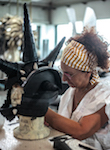
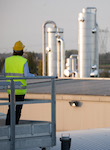
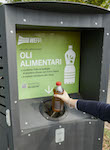
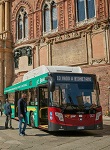
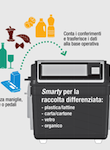


.jpg/468d051b-ba80-83a6-359d-7ef55eefd940)
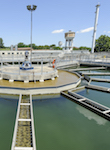
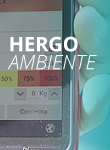
.jpeg/1d0e0770-1094-b22b-fce4-099f27c72978)